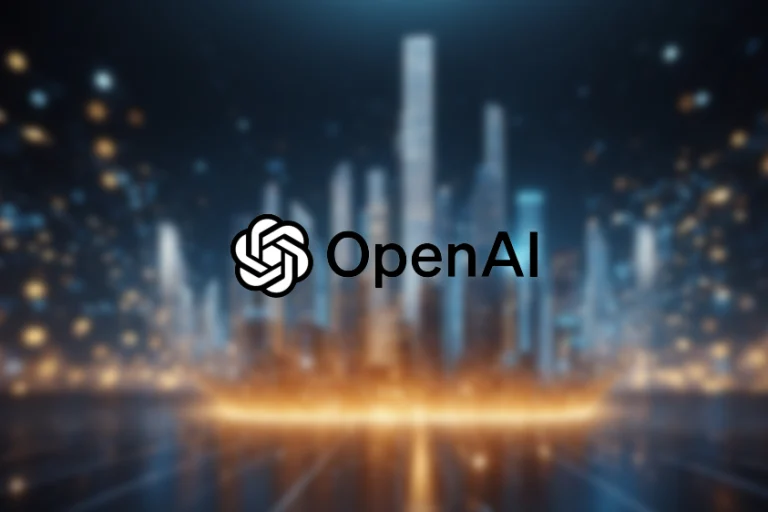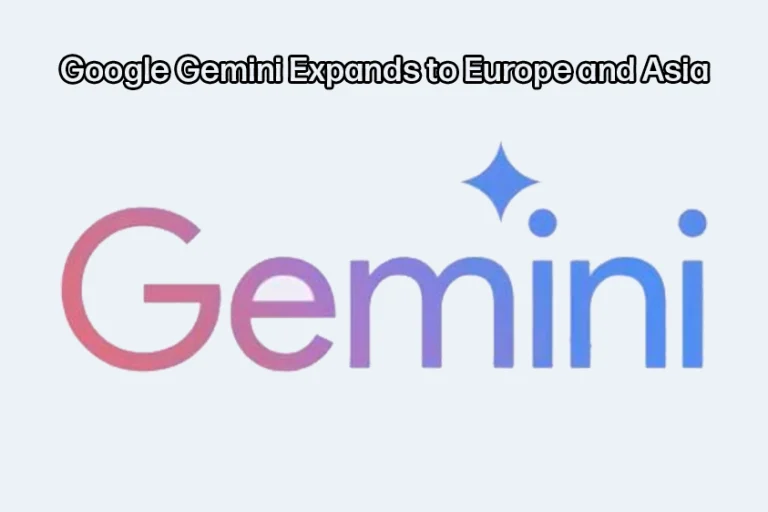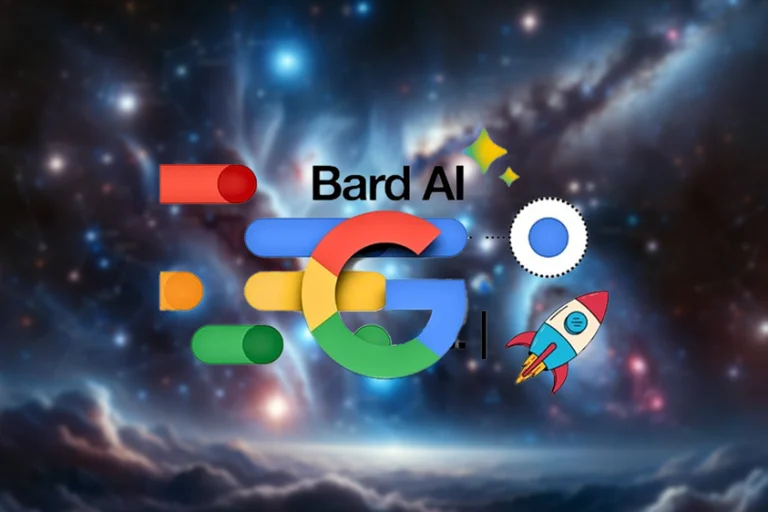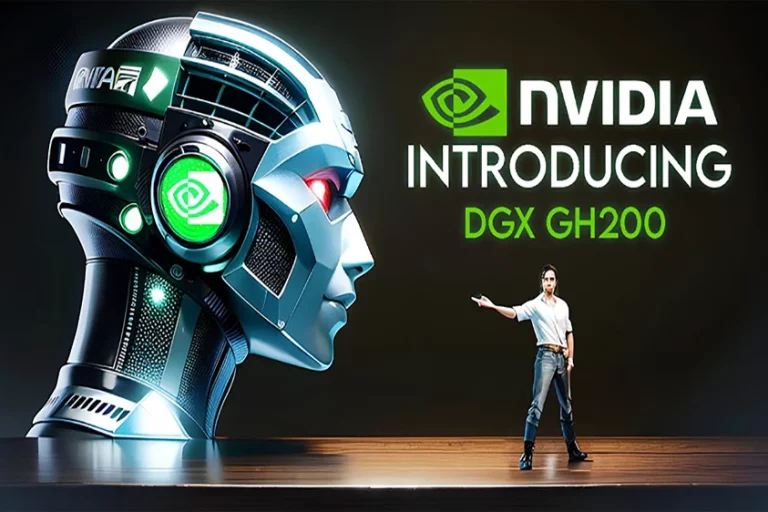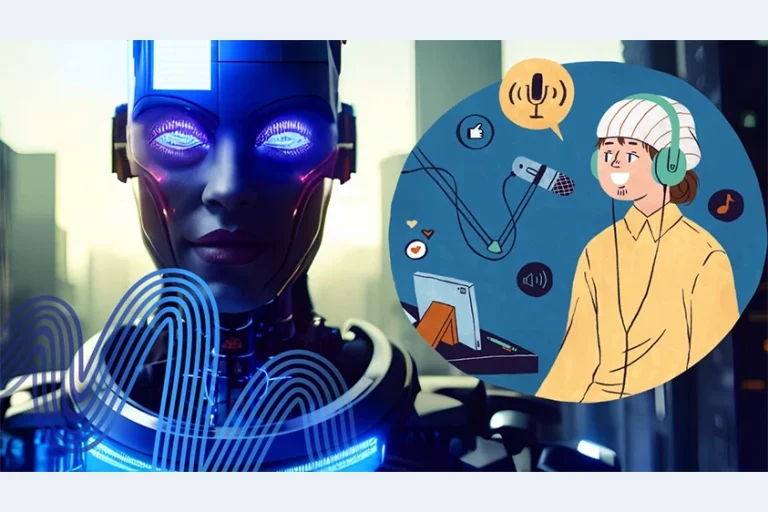OpenAI’s Text-to-Video Generation Tool Sora: The Future of Multimedia Content Creation
When delving into the changing world of artificial intelligence you’ll come across OpenAI’s latest tool called Sora. This cutting-edge text-to-video generator expands the horizons of content creation, allowing you to transform written descriptions into vivid videos.
Sora represents a wave of AI tools that aim to imitate and enhance creativity. By providing text input Sora can bring your descriptions to life through video sequences. The tool excels in crafting scenes producing videos up to one minute in duration.
Overview of OpenAI’s Sora
OpenAI has unveiled a cutting edge AI tool known as Sora specializing in converting text into videos. Think of Sora as an AI system engineered to translate prompts into visually compelling video content. This advancement in AI marks a stride, towards effortless video production using descriptive texts.
How Sora Works:
- You input a descriptive text.
- Sora interprets the instructions.
- It generates a short video that aligns with the given description.
Features of Sora:
- Realistic Scenes: Generates videos with lifelike imagery.
- Imaginative Creation: Goes beyond replication, offering imaginative content generation.
- Flexibility: Capable of video creation from a still image or modifying existing footage.
OpenAI has put in place safety precautions to ensure use and prevent potential misuse collaborating with experts, from different fields.
The introduction of Sora showcases OpenAI’s leadership in the AI field following the success of tools like ChatGPT. This progress indicates a changing landscape where AI is increasingly becoming a tool for creators allowing them to bring to life ideas that were only in their minds.
Prioritizing Safety and Addressing Bias; OpenAI takes steps to address safety and bias concerns by incorporating expert perspectives to ensure Sora is deployed responsibly.
Your experience with Sora could transform how you approach video production highlighting the importance of AI in sectors. With Sora, the gap between conceptualizing ideas in text and bringing them to life in video form is shrinking for users, content creators and businesses alike.
Technological Foundations
By delving into the underpinnings of OpenAI’s text to video tool Sora you’ll grasp the principles and capabilities, at work. This comprehension goes beyond how well the AI can create videos from text; it also encompasses advancements in video creation. How it integrates with current systems.
Generative AI Principles
Generative AI plays a role, in systems like Sora by using algorithms that extensive data sets to create new content. Deep learning lies at the core of this process, where neural networks analyze and imitate patterns from their training data to generate media.
From Text Prompts to Video
Sora converts text prompts into narratives. Upon receiving a text prompt the system understands the meaning and context producing a series of images that form a dynamic video with smooth scene transitions.
Advancements in AI Video Generation
The field of AI video generation has made significant strides, exemplified by tools like Sora that are pushing boundaries to generate high quality realistic videos comparable to deepfake technology. Progress in models building on predecessors such as DALL-E and Midjourney has refined the capability to produce AI-generated video content ensuring motion and coherent scenes.
Integration with Existing AI Systems
Sora operates within an expanding network of AI solutions than in isolation. By integrating with ChatGPT and other OpenAI models along with platforms like Runway ML the tool enhances its functionalities. Widens the scope for generating video content through text, to video AI methods.
Sora’s Capabilities
Sora marks an advancement in AI capabilities in creating lifelike and story driven video content while prioritizing top notch quality.
Creating Realistic Videos
Sora utilizes video rendering techniques to produce videos that mimic real life footage. Expect Sora to generate engaging narrative videos that go beyond scenes presenting sequences with smooth movements and realistic details, across various topics and scenarios.
- Photorealism: Videos produced by Sora are designed to be photorealistic, making the content generated almost indistinguishable from actual video footage.
- Stable Diffusion: The underlying technology ensures that motion across frames is seamless, preserving the natural flow that you would expect from traditional video recording.
Handling Complex Subjects
This tool is adept at handling subjects that involve physics, spatial relationships and cause and effect chains. You can prompt Sora to create:
- Complex Scenes: scenes where multiple elements interact realistically based on laws.
- Spatial Consistency: Maintain connections between objects for a coherent visual storytelling experience.
Subject Complexity:
- Detail: Sora can manage subjects that encompass detailed actions and interactions.
- Diversity: It supports a wide range of subjects, adapting to different scenarios and narratives.

Quality and Consistency Concerns
The focus, on quality includes not the accuracy but also the coherence and consistency in the portrayed stories.
Scene Consistency: Sora ensures that the shifts between scenes are smooth and logical preserving the narratives integrity.
Quality Control: Advanced algorithms anticipate issues in video creation like glitches or unnatural movements.
Consistency Measures:
- Realism: Striving to simulate interactions enhances overall quality.
- Checks: Regular evaluations ensure both scene progression and narrative coherence remain steady throughout the video.
Practical Applications
Incorporating OpenAI’s Sora into your toolkit opens up opportunities from streamlining processes to transforming advertising strategies and enriching educational materials with captivating content.
Use in Creative Industries
As an expert you can utilize Sora’s AI features to generate visually engaging videos based on simple textual descriptions. Visual creators and filmmakers particularly find this beneficial during early concept exploration stages where quick idea testing’s crucial. The ability to iterate designs without production requirements offers more flexibility to explore and refine artistic visions.
Storyboarding: Turning written scene descriptions, into video sequences.
Concept Exploration: Visualizing scenes before committing to production.
Advertising and Marketing Strategies
In the moving world of advertising Sora provides an advantage by significantly cutting down the time and expenses linked to traditional video production. Easily shift from an idea on paper to a representation in video format making the creation of marketing materials more efficient.
- Campaign Prototypes: Presenting campaign concepts through demonstration videos.
- A/B Testing: Developing ad variations for testing and selecting the impactful one.
Educational and Training Tools
Sora revolutionizes training materials by helping you transform concepts into engaging video content that enhances learning experiences.
Visual Aids: Crafting videos that illustrate scenarios or processes to aid understanding.
Interactive Learning: Involving learners with content that captures their attention.
Societal and Ethical Considerations
Understanding how Sora can impact society involves recognizing risks, like misinformation and bias. Establishing governance and policies is essential to manage these risks
The Risks of Misinformation
Utilizing Sora’s features generative AI can generate realistic videos based on text inputs leading to potential concerns related to deepfakes.Deepfake technology can be used to create content and propaganda making it harder to distinguish truth, in media. This poses challenges for environments as individuals might use deepfakes to influence opinions or undermine others. It is crucial for tools like Sora to include detection systems to identify misuse.
Addressing Bias and Fairness
Addressing bias in AI is a concern that can reinforce stereotypes and discrimination. If not carefully calibrated Sora’s results could. Amplify existing biases concerning gender and race. It is important to advocate for algorithms and diverse datasets to mitigate the spread of content and ensure fairness.

Regulatory Response and Policy Development
Policymakers in the European Union are actively creating laws to tackle AI related issues. These regulations and legal actions could establish guidelines on how technologies like Sora should function.
Staying compliant with evolving regulations and promoting AI practices will be essential for OpenAI and users of technology. As laws change platforms, like Sora must adapt to meet standards and societal expectations.
Platform Ecosystem and Competitors
In the changing world of AI tools the introduction of Sora, by OpenAI has brought about changes in video content creation. One can see how it compares to and differs from AI technologies its potential impact on the industry and the strategic partnerships established by OpenAI to improve the tools reliability and safety.
Comparison with Other AI Tools
OpenAI’s Sora is a model that converts text into videos offering a unique approach to content creation. This tool comes after the development of AI solutions such as DALL-E, which generates images based on text descriptions and Runway, a platform that provides various tools for creating videos text based content and images.
Unlike Google’s and Nvidia’s research efforts in areas Sora focuses on streamlining the video creation process. This simplification allows content creators, designers and marketers to give life to their ideas effortlessly. It represents a shift from image generation to video production—a technological advancement in line with predictions made by analysts, at Forrester and Macquarie.
Table: AI Tools Feature Comparison
| Feature | OpenAI Sora | Nvidia | Runway | |
|---|---|---|---|---|
| Text-to-Image | – | ✓ | ✓ | ✓ |
| Text-to-Video | ✓ | – | – | ✓ |
| User Accessibility | Limited Availability | Advanced Research | Advanced Research | Wide Accessibility |
| Technology Progress | Dynamic Content | Static & Dynamic | Static & Dynamic | Static & Dynamic |
Industry Analysis and Forecasts
The AI industry is looking forward to the use of text, to video tools like Sora in sectors such as news, entertainment and advertising. There are expectations that entities like the Associated Press might use AI for creating content.
Forrester’s predictions indicate a rising trend of AI incorporation in these areas. Analyst Rowan Curran highlights how AI could transform content creation processes and user engagement strategies. Despite being at a stage the industry is closely monitoring the adoption and impact rates.
Collaboration and Red Teaming
When you delve into OpenAI’s dedication to ensuring the safety and reliability of AI tools you’ll learn about their efforts and “red teaming” strategy.
Through partnerships with organizations and internal red teamers OpenAI takes precautions to detect and address potential misuse of the technology. This joint endeavor involves stress testing AI applications in scenarios to ensure that tools like Sora are not only powerful but also adhere to ethical standards.
Future Directions and Challenges
As you explore what lies ahead for OpenAI’s Sora and text, to video generation you’ll encounter both advancements and intricate challenges associated with AI technology.
Advancement Predictions
With every generative AI model like Sora, predicting advancements is pivotal.
As these models evolve towards Gen-2 AI one can foresee enhancements in realism and detail bringing them closer to achieving AGI (Artificial General Intelligence).
Expectations include enhancements in the models ability to understand and visualize text inputs within a context. Moreover one can anticipate the introduction of enhanced tools for identifying media, such as detection classifiers and the integration of C2PA metadata for content authentication.
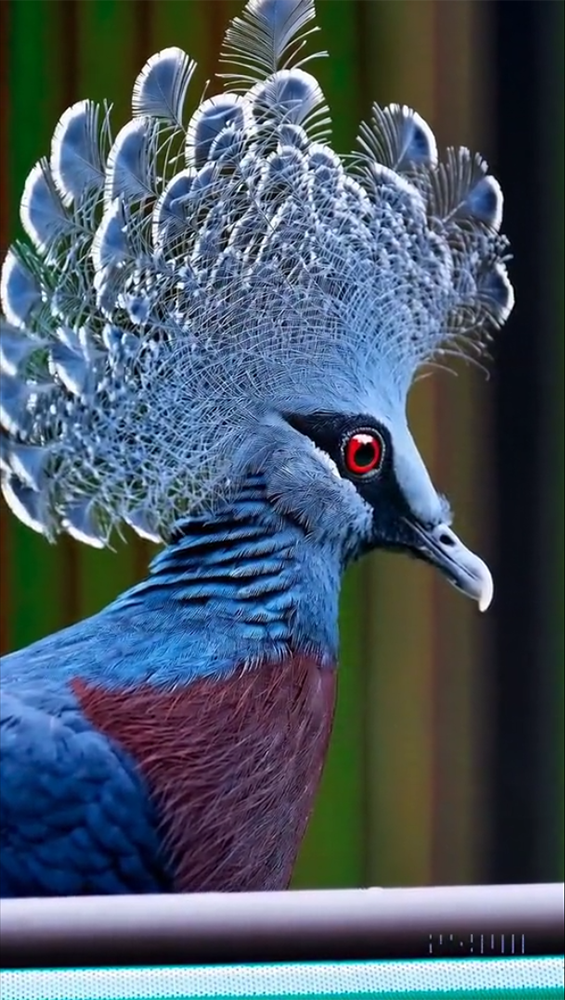
Adapting to Evolving Technology Standards
The evolution of technological standards necessitates that tools like Sora adapt accordingly.
When interacting with these models it is essential to ensure their align with emerging digital media formats and compatibility standards. This ensures integration across platforms while maintaining accessibility.
The agility of these models will be tested as they must keep pace with rapid technological change, ensuring they remain relevant and effective.
Governance and Domain Expert Involvement
The governance of AI has emerged as an aspect of AI development.
You can expect an increase in domain expert involvement, ensuring that AI models like Sora are developed with ethical considerations and societal implications in mind.
Experts will be involved in crafting reports and governance structures to steer the ethical implementation of Sora. Additionally close collaboration, with regulators and policymakers will be crucial to address concerns related to privacy, authenticity and potential misuse of technologies.
Profiles and Interviews
This section offers a glimpse into the individuals shaping AI progress and the impact of OpenAI’s Sora on users through their real life experiences.
Leading Figures in AI
Sam Altman: Leading as the CEO of OpenAI Altman has been instrumental in advancing AI technologies such as Sora. His vision of AI tools as companions has resonated with artists and filmmakers alike. Through his leadership Sora has been tailored not for entertainment sectors but to offer solutions for industrial users.
Fred Havemeyer: Playing a role in Sora’s development Havemeyer has contributed expertise to ensure the tool can generate high quality videos from text cues. His dedication to excellence is reflected in the quality and adherence to user instructions that Sora provides.
User Experiences and Testimonials
- Artists: With Sora artists have discovered an outlet for expressing their creativity. They express that the capability to create videos from text prompts has unlocked horizons, for visual storytelling.
Filmmakers: Testimonials, from filmmakers who have experimented with Sora highlight its effectiveness in sketching out scenes and crafting storyboards. They find that it enriches their process while still honoring their directorial vision. - Industrial Users: In fields like architecture and engineering Sora’s ability to visualize structures based on descriptions has been praised for transforming the way projects are presented to clients and demonstrated.
Munich Security Conference Insights: Any potential involvement of Will Smith or Anna Makanju with Sora is not covered here as this section concentrates on the firsthand experiences of users across diverse industries rather than specific events or conferences.
Instructional Content
This segment is dedicated to walking you through Sora’s features and offering tips to improve the quality and consistency of your video creations.
Tutorial for Using Sora
As you dive into using Sora, a text to video tool by OpenAI begin by crafting written instructions outlining your desired content. These instructions serve as the cues that guide Sora during training and subsequent video generation.
- Open the Sora platform and log in to your account.
- Find the designated text input box for your written instructions.
- Clearly articulate the specifics of the video content you wish to create ensuring that your directions are thorough and detailed.
Best Practices and Optimization
To boost Sora’s as effectiveness and enhance the quality of your video creations here are some tips to consider;
- Be Concise and Clear: Provide concise instructions to help Sora generate top notch videos with precision.
- Context Matters: Offer context when needed to steer the video creation process in the direction.
- Consistency in Content: Keep a tone and style across your video prompts, for an outcome.
Case Studies and Implementation Stories
Delve into the Sora text to video model developed by OpenAI through a series of compelling case studies. Uncover its ranging applications from storytelling to revolutionizing news delivery and see how different industries and the public have responded.
Innovative Uses by Creatives
Artists and filmmakers are using Sora to push boundaries in narrative videos bridging creativity, with representation.
With real-world applications, social media content creators have found Sora particularly useful for crafting engaging visual content quickly and distinctively, showcasing how AI can amplify artistic expression in a digital landscape. Creatives have also leveraged the tool to prototype ideas, producing vivid samples to showcase concepts.
Impact on News and Journalism
Prominent news organizations such as The New York Times and The Associated Press are exploring the use of OpenAI’s Sora for creating news segments.
The technology’s capability to produce news content based on text prompts could bring about changes in journalism by presenting stories in a concise manner. However this has sparked discussions among industry experts regarding storytelling and the authenticity of AI-generated material.
Real-World Outcomes and Reactions
Since its introduction, Sora has generated a spectrum of public reactions.
In the real world, it has been credited with enabling efficient video production, thereby influencing the societal impact of information dissemination.
Nevertheless there are concerns regarding the realism of AI-generated content and its potential consequences.
Industry analysts have commended the models possibilities while advising on utilization, within contexts.


